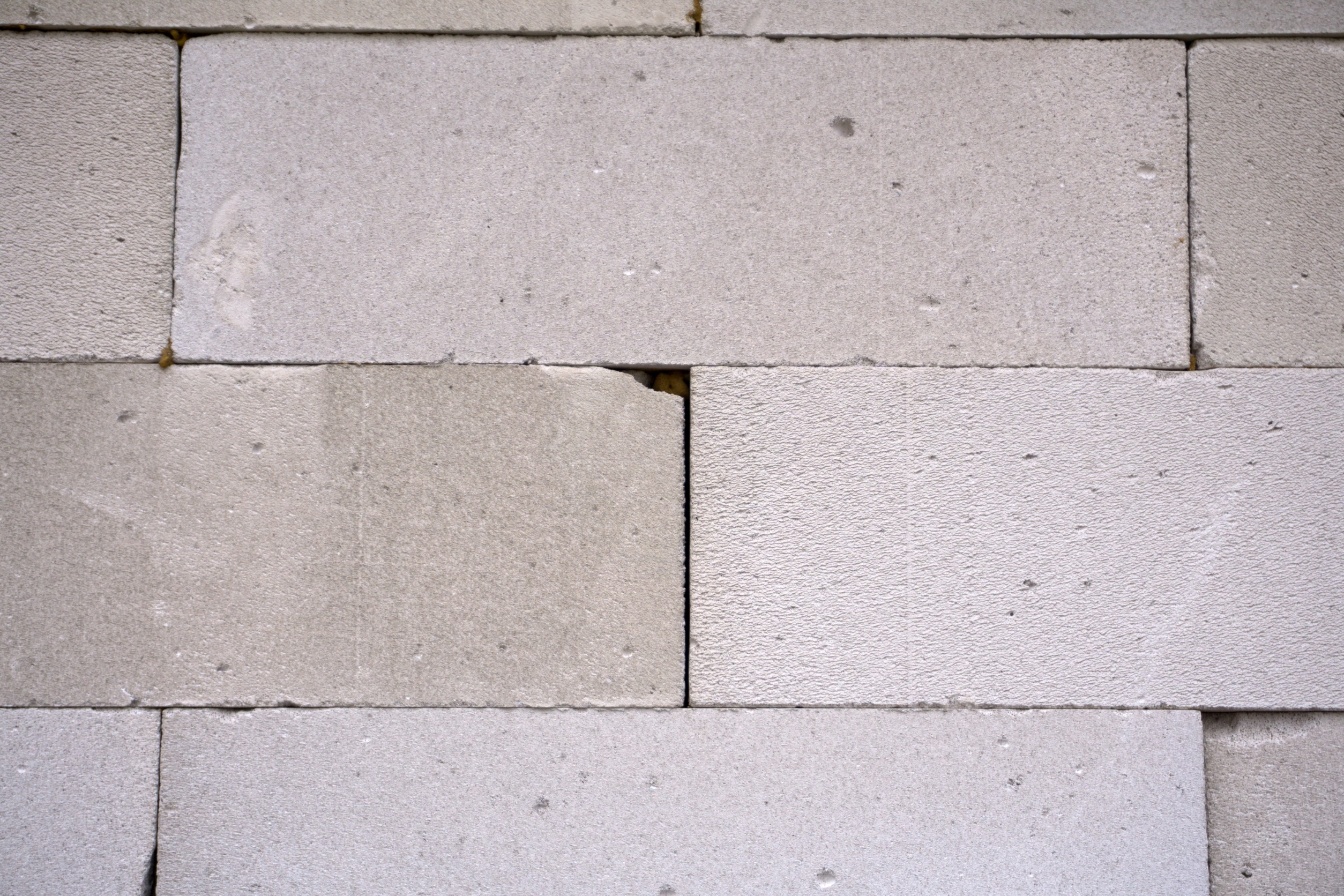BY THE OPTIMIST DAILY EDITORIAL TEAM
Concrete is the foundation of modern civilization, but its notorious tendency to crack isn’t just a construction headache—it’s a multi-billion-dollar problem. In Australia alone, repairing cracks in reinforced concrete structures costs a staggering $8 billion annually. But there is a surprising hero in this high-stakes drama: scrap carpet fibers.
Engineers at RMIT University in Melbourne have discovered an innovative use for waste carpets, turning them into a key ingredient for stronger, crack-resistant concrete. This groundbreaking technique doesn’t just solve a construction conundrum—it’s also a giant leap for sustainability.
A crack-resistant concrete revolution
Led by Dr. Chamila Gunasekara, the research team developed a method to incorporate waste carpet fibers into concrete. The results are remarkable: shrinkage cracking in early-age concrete is reduced by up to 30 percent, while the material’s strength increases by 40 percent in tension. These enhancements don’t just boost durability—they also improve safety and structural integrity.
“Cracking in early-age concrete slabs is a long-standing challenge in construction projects that can cause premature corrosion, not only making a building look bad but also risking its structural integrity and safety,” said Gunasekara, an ARC DECRA fellow at RMIT. “Scrap carpet fibers can be used to increase concrete’s strength and prevent early cracking by reducing shrinkage substantially.”
The team’s findings, published in the journal Construction and Building Materials, have already proven that concrete made with reclaimed textiles meets Australia’s engineering and environmental standards.
From landfill to load-bearing: tackling textile waste
To put things into perspective, it’s estimated that everyone on Earth collectively produces 92 million tons of textile waste annually. Australia is the second-largest consumer of textiles per capita globally, after the United States. The average Australian purchases 27 kilograms of new clothing and textiles annually and discards 23 kilograms straight into landfills. Burning these materials, including carpets, releases toxic gases and compounds, compounding environmental concerns.
“Australia faces an enormous environmental challenge with textile waste,” said Gunasekara. “Burning carpet waste releases various toxic gases, creating environmental concerns.”
The potential for recycling is enormous. According to Dr. Shadi Houshyar, a textile and material scientist at RMIT, “Up to 70 percent of textile waste would be suitable for conversion into usable fibers, presenting an opportunity in the materials supply chain.”
Houshyar notes that even specialty materials, such as those used in firefighting gear, could have a second life as part of these innovative concrete mixes. While their durability and flame resistance makes them hard to recycle, these same qualities, which make them so robust in their original applications, also make them ideal for strengthening concrete.
Field trials and future possibilities
The research doesn’t end in the lab. Supported by local councils, industry partners such as Textile Recyclers Australia and Godfrey Hirst Australia, and funding from the ARC Industrial Transformation Research Hub (TREMS), the team is conducting field trials. These real-world tests aim to capture how this new concrete performs under unpredictable construction conditions.
“Field trials will ensure the concrete meets practical demands while advancing a circular economy,” said Gunasekara. In collaboration with Professor Andrzej Cwirzen from Sweden’s Luleå University of Technology, the team is also using computational modeling to refine their approach further.
The work is part of a larger effort to rethink waste as a resource, with TREMS leading the charge in transforming reclaimed materials into innovative engineered solutions.
Paving the way for greener construction
This research is a game-changer for two industries—construction and waste management. By turning textile waste into a valuable material, it tackles pressing issues on multiple fronts. The method not only enhances concrete durability but also reduces the environmental impact of landfilling and burning discarded textiles.
“Imagine the potential if every landfill-bound carpet fiber could instead strengthen the foundations of our buildings,” said Houshyar. “It’s a win-win for sustainability and innovation.”
From lab tests to on-ground trials, this collaboration between engineers, textile researchers, and industry leaders is a shining example of how clever thinking can lead to tangible environmental benefits. Concrete isn’t just getting stronger—it’s getting smarter, thanks to the humble carpet.
Source study: Construction and Building Materials—Enhancement of concrete performance and sustainability through incorporation of diverse waste carpet fibres











